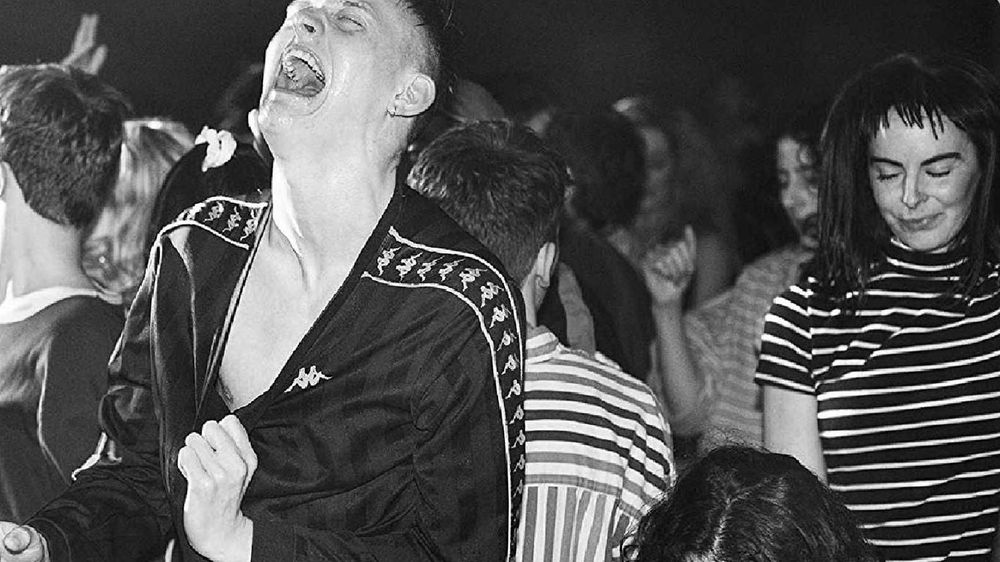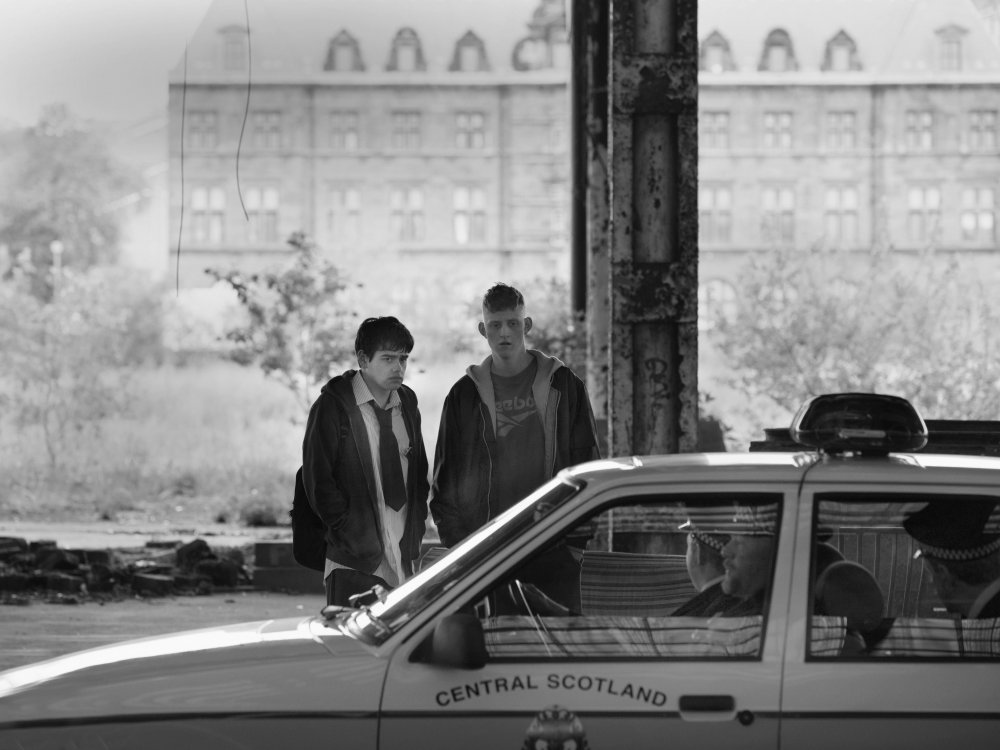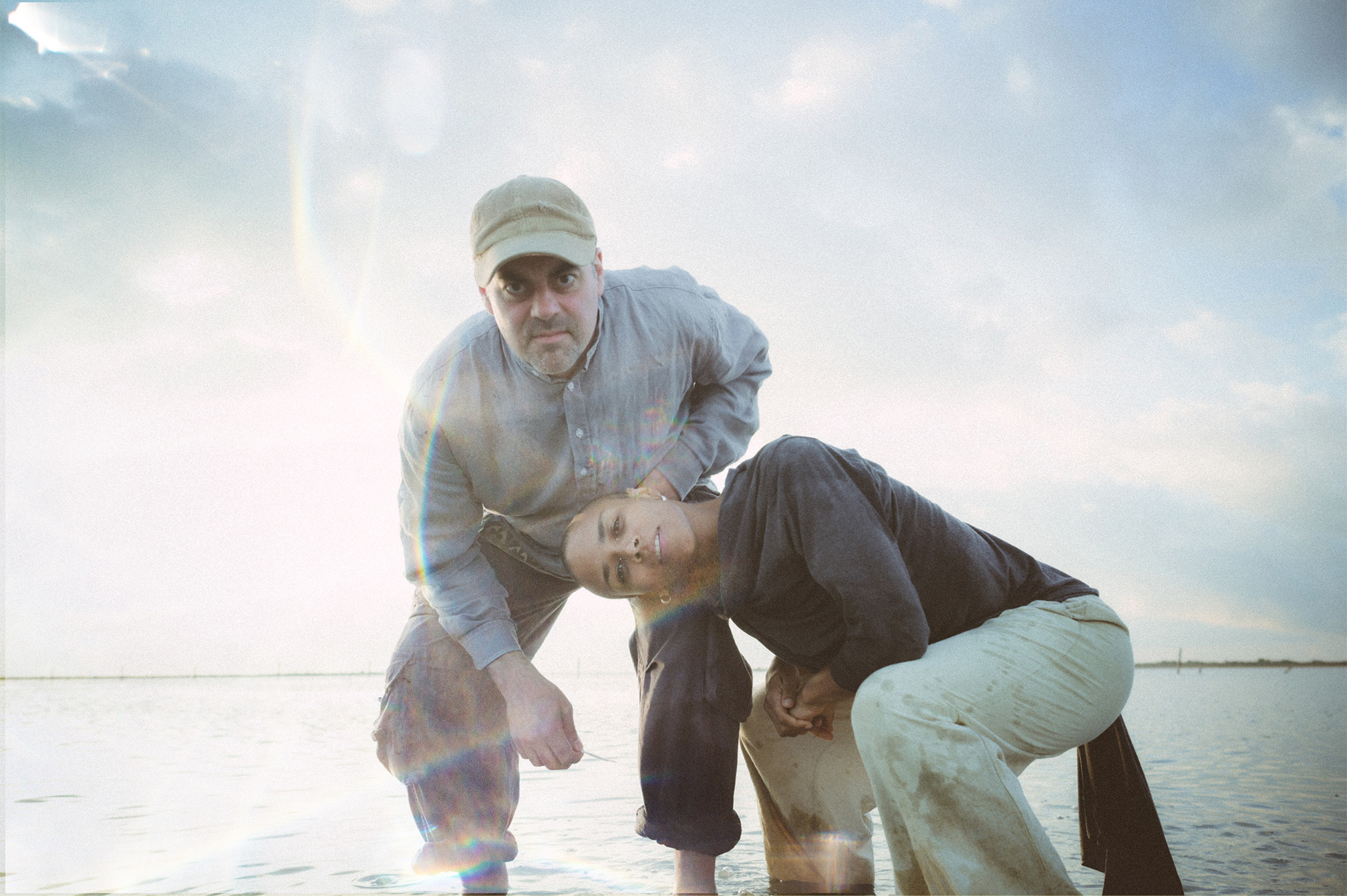Rave on Film: Brian Welsh talks Beats and Basements

Every now and then another slice of rave and acid house nostalgia arrives at cinemas, on DVD or via your local streaming service. Each promises to tell the truth about what happened in those halcyon days of MDMA – inspired madness – wrapped up and neatly packaged with a predictable plot. This is usually then followed by a familiar question….
"Why are club and rave scenes in film so rubbish?"
From Cruising through to recent entries, by way of the likes of Human Traffic and a whole load of direct-to-video nonsense, it’s always the same.
Crowds shuffling along nor quite on the beat, sound levels all over the place, music seemingly out of synch with movements, club scenes in films make vintage Top of the Pops episodes or even Brookside’s 'La Luz Niterie' seem truly authentic.
It’s all to do with matching up that sound and music. This writer once spent a late Saturday afternoon in a warehouse-y type building in Hackney for the filming of Weekender, a direct to video tale of Manc lads raving and getting in above their heads with a horde of extras decked out in 90s-style outfits. Between takes, music was played, as the cameras started rolling, the music stopped, so the actors’ voices could be recorded. The film wasn’t that bad, a decent enough tale buoyed by a strong soundtrack put together by Terry Farley that helped lift it (it sold bucketloads too).
It just felt so, phoney. There was no idea what song would end up in the scene, the dancing was all over the place; it was worse than your average silent disco – and that's going some.
Thank God, then, for Beats. The film, just released on DVD with a JD Twitch-selected soundtrack alongside it, is not just one of the best of its ilk and a genuinely strong entrant into the rave/club scene genre, but it also offers up some of the most authentic scenes of dancing and raving you’ll ever see.
So how did Beats succeed where so many others have failed? How did this black and white drama, made on a relatively low budget manage to capture a degree of realism and reality?
Even those with big budgets failed. We’re looking at you Mission: Impossible – Fallout: who despite having DJ Harvey behind the decks banging out the EDM, still didn’t look “real”.
Well, if you want it to look like a proper party, you’ve got to throw a proper party.
“We were all clear from the start that we wanted to be able to do a proper rave sequence, because it hadn’t been done before,” says director Brian Welsh.
“We knew the only way it could happen was to have a rave and us work around the event, as opposed to it feeling like a feel shoot.”
So the director and his team got JD Twitch, Optimo legend and all-round thoroughly nice bloke, to help them put on a proper rave. It sucked up much of the film’s budget, but it gives it a much greater authenticity than much that’s come before.
“24 Hour Party People was good,” says Welsh, speaking after the film’s arrival at cinemas “but it wasn’t a subjective experience of what it feels like."
There are other films that have tried, but failed.
“It was a rave that we filmed, it was a proper big night,” he laughs.
It added a further logistical nightmare to the headache, or migraine, of producing a feature in the UK.
“There’s all the complicated stuff that goes into preparing the shoot and scheduling and then we put on on this massive event. We had to get agreement with the council, police and licensing authorities. We had at the most around 2,000 folk, we had to get them along, ensuring they are all dress in the right clothes and everything, it was a lot of work.”
It wasn’t just the punters and the fact it was a rave rather than a sweaty, dark basement caused further problems.
“Trying to find a venue suitable for that in this day and age is quite tricky but it was quite perfect.”
In a further nod to rave authenticity, the shoot and party were scheduled to end at 1.30am, but organisers and the likes of Twitch were left, towards the end, negotiating with the old bill over the timing of the event and the likes, even if most filming had finished by then.
The night itself was memorable – “it was a beautiful night,” confirms Welsh – but thankfully for him it turned out well too.
“We spent a couple of days looking at (what we’d filmed) then came back with a couple of hundred extras and picked up the extra footage we needed”

It’s ironic, we proffer, that a rave was filmed, given that, back in 1989 during the heyday of the summer of M25 orbital events, organisers tried to use 'this event is being filmed for future release' get-out clause to avoid being shut down by PC Plod. They were skating (on admittedly thin ice) around legislation by pretending that there would be an end result of a feature.
“It’s funny you mention that,” laughs Welsh.
“Desert Storm, the kind of Scottish version of Spiral Tribe, they used to have a guy Jim who used to film it with a video camera. When the police would show up he’d say they were shooting a music video. In some cases they’d pre-warn them. What was great about that was they had this bank of research material that he’d filmed. Some of that stuff made it into the film, we used some of his original footage.”
Where Beats also scores is in its depiction of ecstasy use, its black and white adding flashes of colour to highlight how potent – and magical – the MDMA was.
"We wanted to make it feel authentic,” says Welsh.
“The drugs were part of that. We’re just trying to be as honest as possible. We’re not glamourising it, or playing it down, it’s just what happened.”
The colour gives that feel of the film’s key protagonists having their eyes opened even if having the majority in black and white does make it trickier for an independently made film to work.
“It’s a challenge trying to sell a black and white film, getting people to see it,” admits Welsh, before highlighting ongoing problems faced by UK filmmakers.
“It’s very hard (getting a film made). It’s not over until it’s over, you’re worried (about budgets and cash) right up to the last minute. You always worry that the house of cards could fall down. You’ve got to be tenacious, you’ve got to keep going, to carry on."
Welsh is himself, an acid house veteran, albeit one from a sweaty basement club in Aberdeen rather than huge raves.
“It was called the Pelican, the story says that this guy had a win with a lottery syndicate and my understanding was he used to bring all these Detroit legends over using his money. Teenage years were daunting and scary, but this place was an oasis, with incredible people. That’s where it started for me. It was pretty special.”
It’s those long-lasting friendships forged in the acid house that are highlighted in Beats, something Welsh too has experienced.
“We just got married, had a little party and a lot of my old friends, friends from back in the day at the Pelican, were there. These are long-lasting friendships.”
Welsh concludes that they’re part of the reason that people keep returning to this era, for films, books, and BBC4 documentaries.
“It was such an amazing time and a more innocent time as well. But a lot of the things around it are still relevant. There’s still a real interest around it.”
Beats is out on DVD and digital download now, the soundtrack, compiled by JD Twitch, is out now on CD and vinyl.


















Must Reads
David Holmes – Humanity As An Act Of Resistance in three chapters
As a nation, the Irish have always had a profound relationship with the people of Palestine
Rotterdam – A City which Bounces Back
The Dutch city is in a state of constant revival
Going Remote.
Home swapping as a lifestyle choice
Trending track
Vels d’Èter
Glass Isle
Shop NowDreaming
Timothy Clerkin
Shop Now